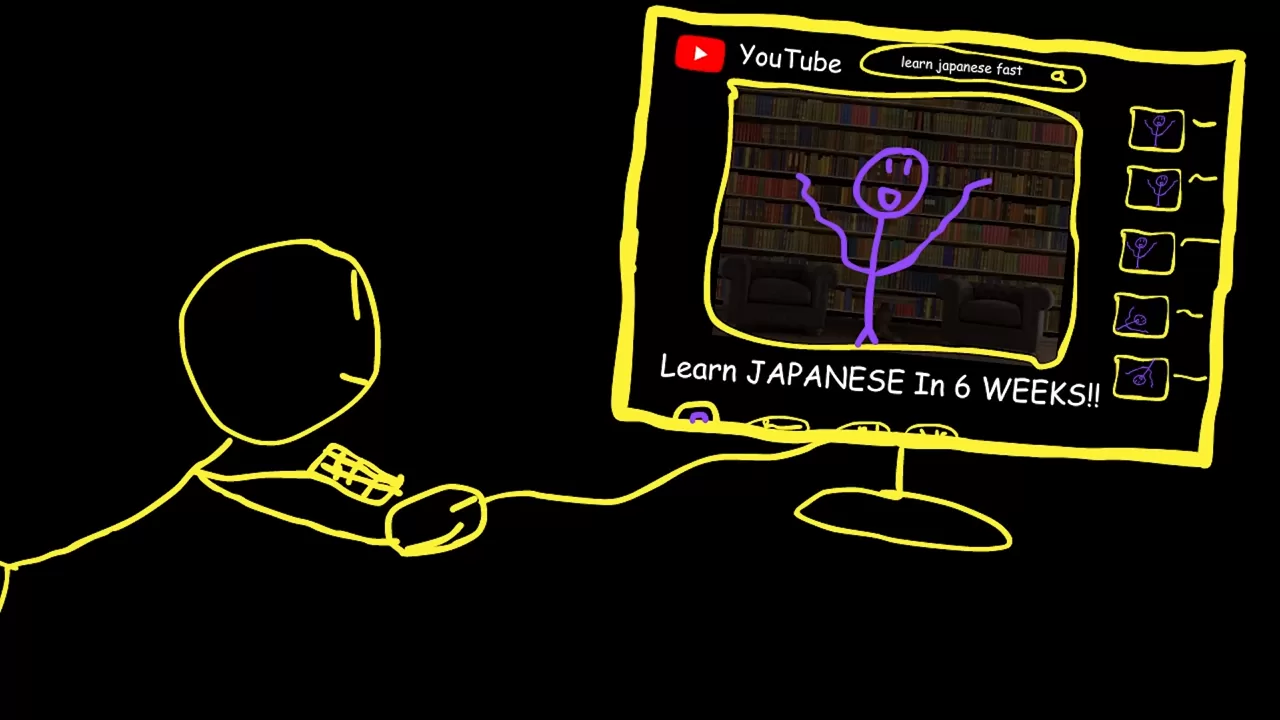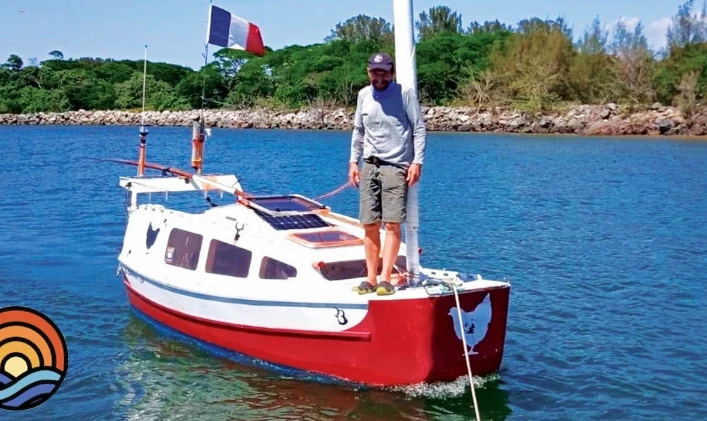Learning a language seems easy in theory. You watch a couple of motivational videos, stare at a screen full of unfamiliar words, maybe try one or two online lessons, and then — for reasons you can’t explain — spend the next three hours searching YouTube for “How to become fluent in 6 weeks” tutorials. Unfortunately, most of those creators actually took six years to get where they are. The truth is, picking up a language isn’t magic, but it also doesn’t have to be a painful grind. The real trick is to start for the right reasons, choose the right approach, and build habits you can stick to.
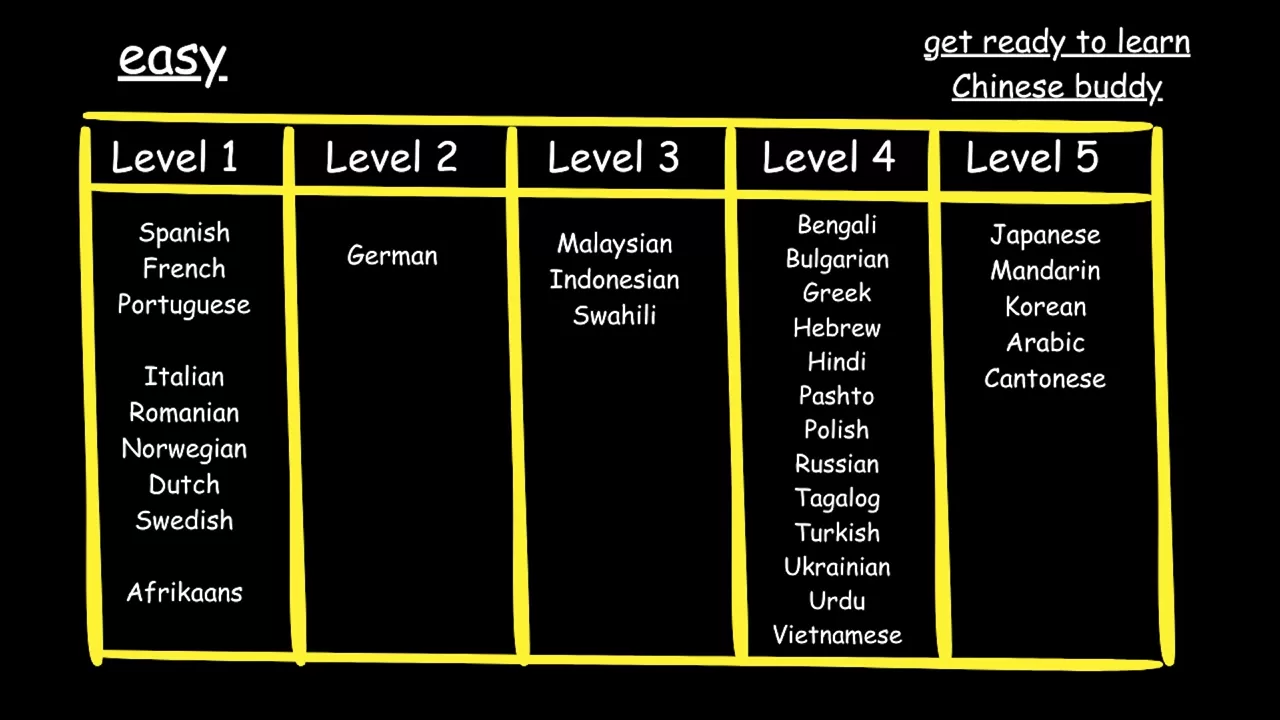
One thing that helps is choosing a language you’ll actually enjoy learning. Sure, tackling a notoriously difficult language might impress strangers, but if you’re treating every lesson like a punishment, you won’t last long. That’s why experienced learners often recommend starting with something approachable. For English speakers, Spanish, French, or Portuguese are great entry points — they share similar structures, have plenty of learning resources, and are spoken in multiple countries. And if you want to make the process even more engaging, you can blend in interactive tools like https://soft-lang.com/, which breaks down learning into manageable categories and lets you practice at your own pace without feeling like you’re back in a school classroom.
Step 1: Learn the Basics (No Skipping)
It’s tempting to dive straight into “cool phrases” or spend hours watching language-learning videos without learning an actual word. But the fastest way to get grounded is to grab a beginner-friendly textbook or digital course with practice exercises. If you commit to working through one of these completely, you can cover in a month what many people struggle to learn in years of casual study.
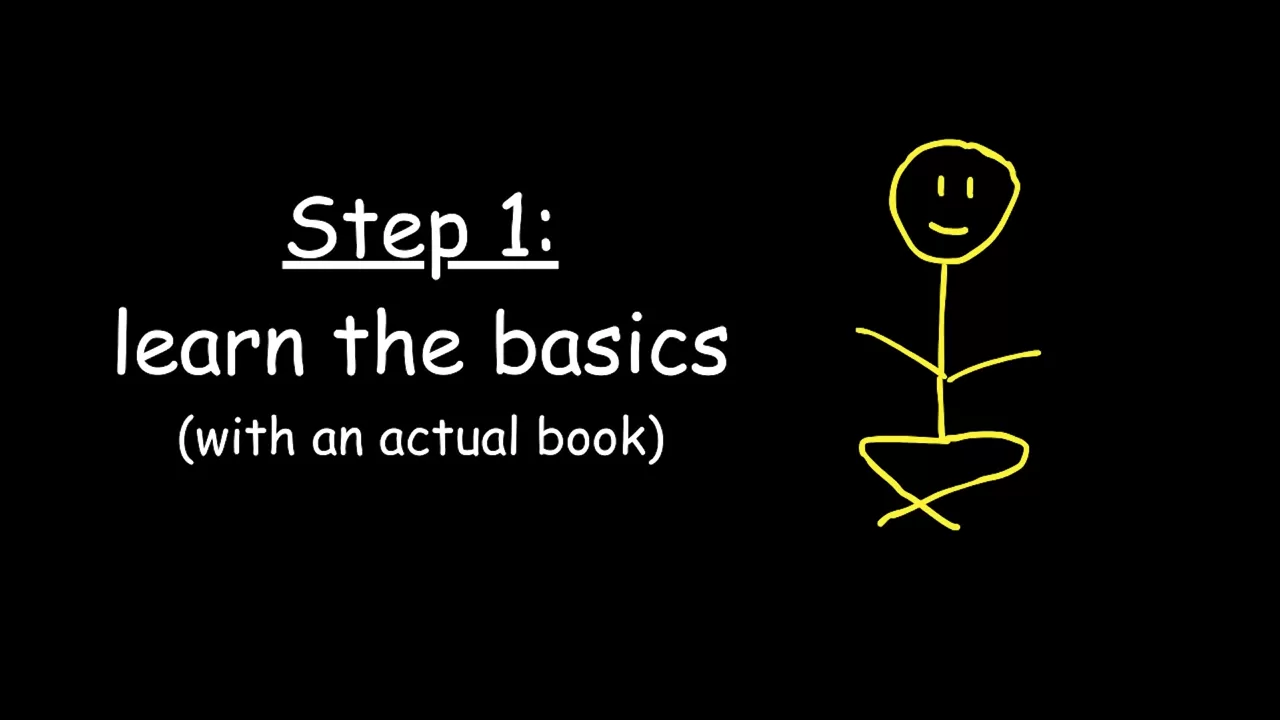
Step 2: Train Your Ear Before Your Mouth
Before stressing about speaking, focus on listening. Watch videos, listen to music, or follow podcasts in your target language. You won’t understand everything — and that’s fine. The goal is to get used to the rhythm, pronunciation, and frequently used words. Over time, you’ll start recognizing patterns without even trying. The key is to choose content you actually enjoy so you’ll stick with it.
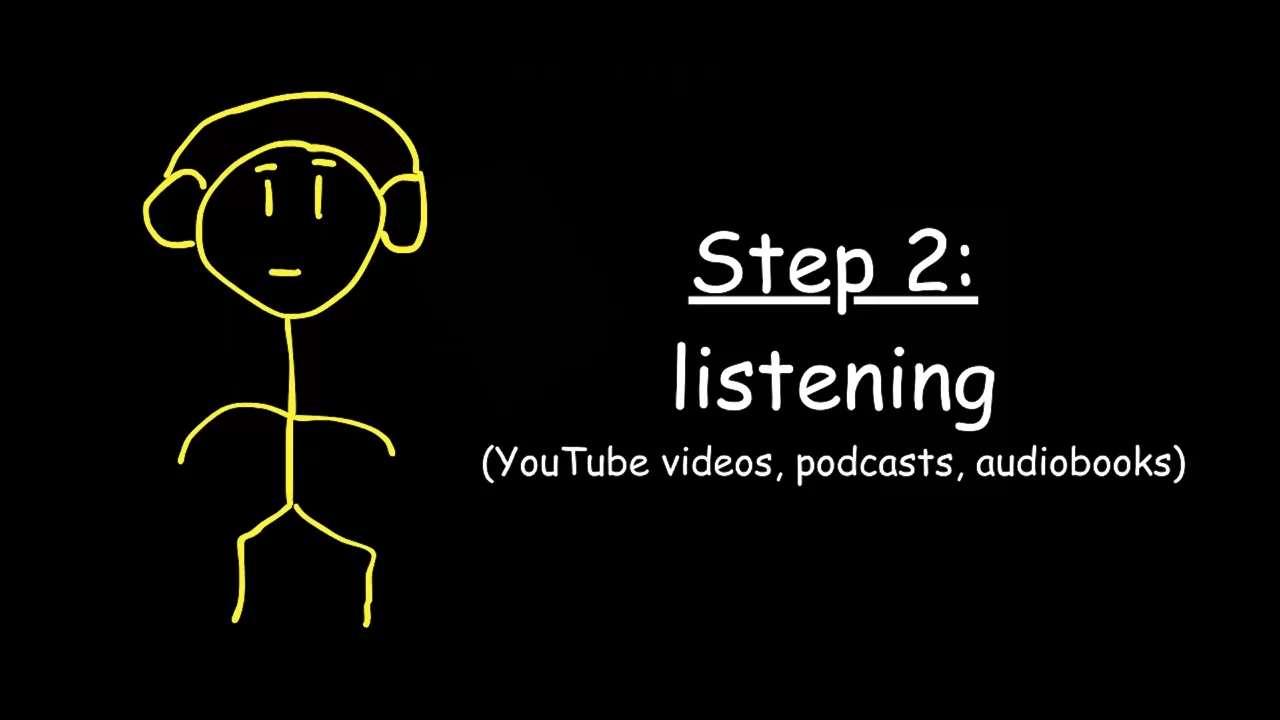
Step 3: Start Speaking Early (But Keep It Low Pressure)
When you’re ready, begin mimicking real sentences you hear in videos or conversations. Pause, repeat, and try inserting those phrases into imaginary scenarios. You can even record yourself speaking about your day and then review it to see what needs improvement. This is a low-pressure way to build confidence without the fear of making mistakes in front of someone else.
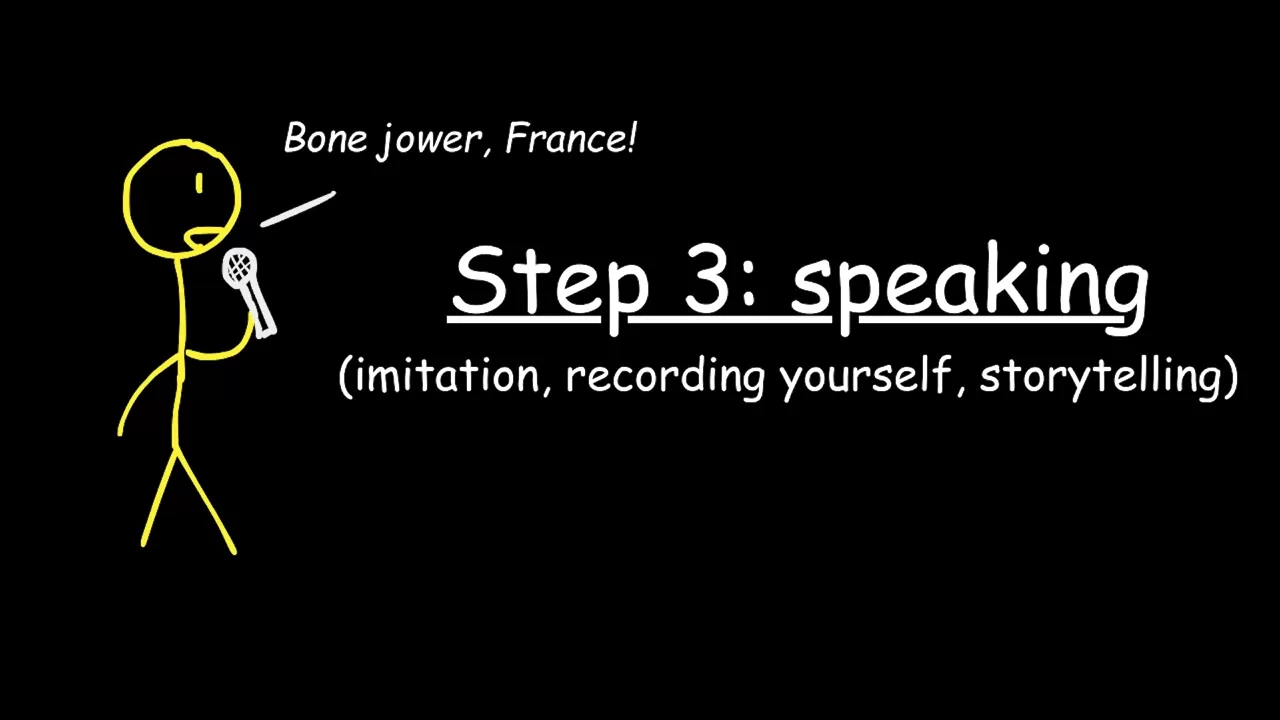
Step 4: Use Technology Wisely
The internet is full of resources — from grammar breakdowns to pronunciation guides — but too many learners get stuck in “research mode.” Use digital tools to support active learning, not replace it. Platforms that combine structure with variety keep you from getting bored while still tracking your progress. The best tools are the ones you’ll return to daily without feeling forced.
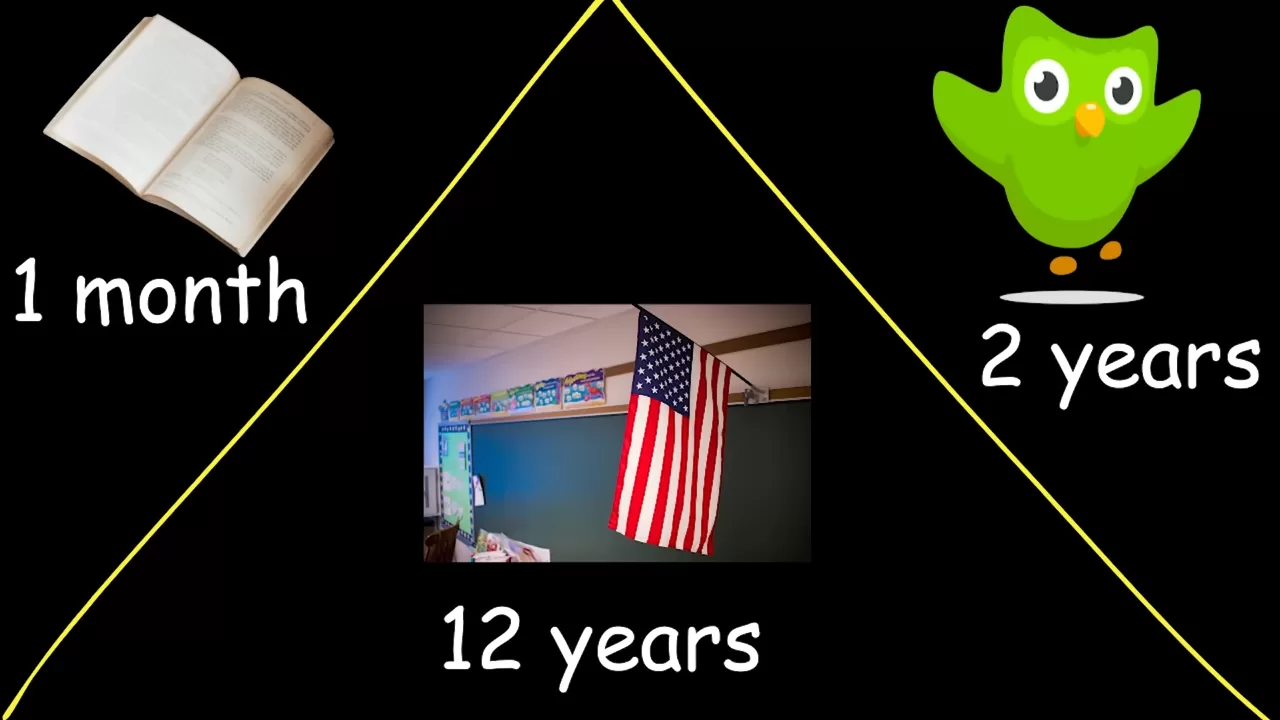
Step 5: Stay Consistent, Stay Curious
Fluency isn’t about cramming; it’s about steady exposure over months and years. Ten minutes a day is better than three hours once a month. Explore topics you love in your target language, whether it’s cooking, sports, or current events. When learning is tied to your personal interests, it stops being homework and becomes part of your life.
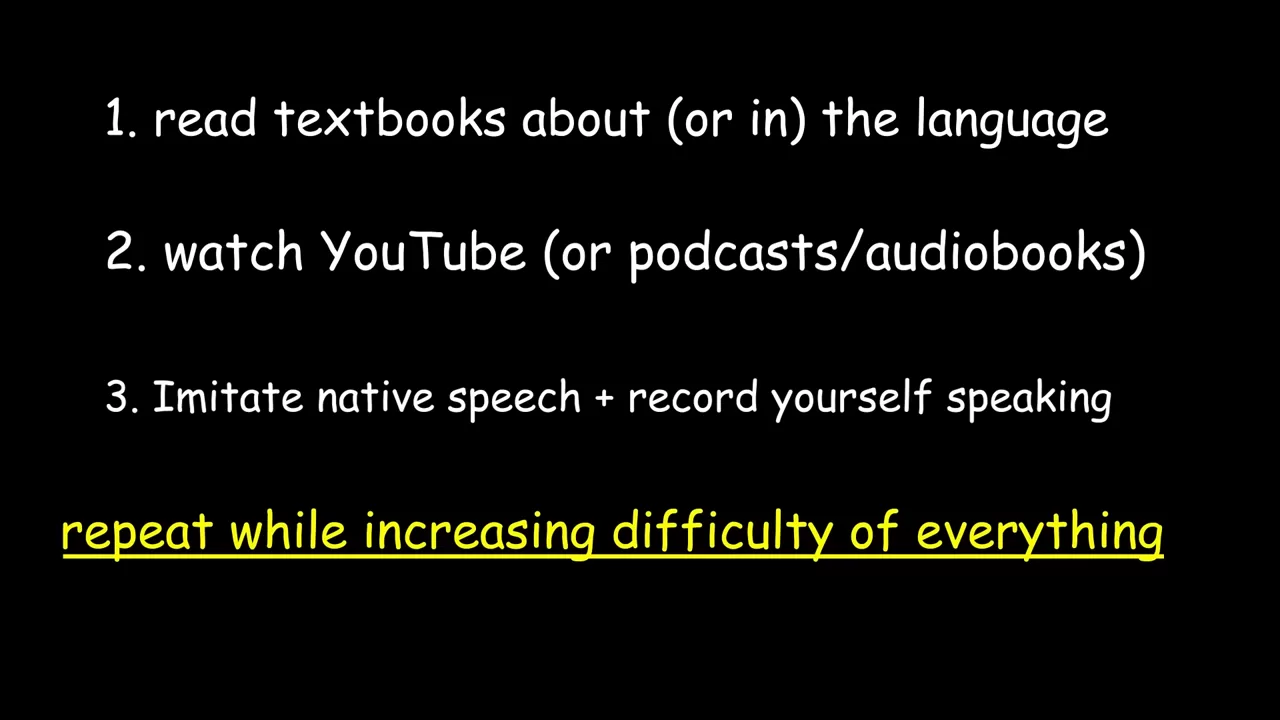
If you treat language learning like an adventure rather than an exam, you’ll enjoy the process far more — and you’ll stick with it. With the right motivation, a balanced approach, and a few smart tools, your “one-day” dream of speaking another language can become a skill you actually use every day.
